What are mud pump valves and valve seats?
Mar 07, 2025
Mud pump valves and valve seats are important components of mud pumps, playing a crucial role in the operation process of mud pumps. The following is a specific introduction to their functions, characteristics, and other aspects:
Ⅰ. Structural Characteristics
Mud Pump Valve: It is usually composed of a valve disc (valve core) and a spring, etc. The valve disc is the key part for controlling the on-off of the fluid. It is generally circular or in other suitable shapes. The material is mostly made of high-strength, wear-resistant and corrosion-resistant metals, such as stainless steel, alloy steel, etc. There are also those made of wear-resistant rubber materials like polyurethane to adapt to different working environments. The spring provides the elastic force for the opening and closing of the valve disc to ensure that the valve disc acts at the appropriate time.
Mud Pump Valve Seat: It is generally in a ring structure and cooperates with the valve disc to achieve sealing and control the fluid flow direction. The material is often high-strength alloy steel or cast iron. The surface may be hardened or overlay welded with hard alloy to improve wear resistance and corrosion resistance. There are structures for connecting with the valve body on the valve seat, such as threads or card slots, which are used to fix the valve seat on the valve body.
Ⅱ. Working Principle
Suction Stroke: When the piston or plunger of the mud pump moves backward, a negative pressure is formed in the pump cylinder. At this time, the valve disc of the suction valve opens under the action of the external pressure, overcoming the spring force, and the mud enters the pump cylinder from the mud pit through the suction pipe. The valve disc of the discharge valve remains closed under the action of the spring force and the pressure in the discharge pipe to prevent the mud from flowing back into the pump cylinder.
Discharge Stroke: The piston or plunger moves forward, and the mud in the pump cylinder is compressed, and the pressure rises. When the pressure reaches a certain level, the valve disc of the discharge valve opens, overcoming the spring force and the pressure in the discharge pipe, and the mud is conveyed to the required place through the discharge pipe. The valve disc of the suction valve closes under the action of the pressure in the pump cylinder and the spring force to prevent the mud from flowing back from the pump cylinder into the suction pipe.
Ⅲ. Functions
Flow Direction Control: Ensure that the mud flows in the mud pump in the predetermined direction, realize the suction and discharge of the mud, and ensure the normal operation of the mud circulation system in the drilling operation.
Sealing Function: The valve and the valve seat cooperate closely to form a good seal during the operation of the pump, prevent the leakage of the mud during the suction and discharge processes, and improve the working efficiency and performance of the mud pump.
Flow and Pressure Regulation: By adjusting the opening and closing time and opening degree of the valve, etc., the flow and pressure of the mud pump can be regulated to meet the requirements for the mud flow and pressure under different drilling working conditions.
Application ScenariosMud pump valves and valve seats are widely used in fields such as oil and gas drilling, geothermal drilling, and hydrogeological drilling. Whether it is a land drilling rig or an offshore drilling rig, as long as a mud pump is used for mud circulation and transportation, mud pump valves and valve seats are indispensable. In different types and specifications of mud pumps, such as the F series and 3NB series, they are all important components to ensure the normal operation of the mud pump.
Ⅳ. The F-type mud pump valves and valve seats cover the valves and valve seats suitable for various models such as F1000 mud pump valve and valve seat, F1300 mud pump valve and valve seat, and F1600 mud pump valve and valve seat. As the key components of the hydraulic end of the F-type mud pump, they play an important role in the operation of the mud pump. The following is a detailed introduction to the F-type mud pump valves and valve seats:
Structure and Material
Valve Body: It is usually forged from high-quality structural steel such as 20CrMnTi and carburized and quenched. The surface hardness is greater than HRC60 to improve its strength, wear resistance, and impact resistance. The structural design of the valve body should ensure the accurate guiding and stable movement of the valve core, and at the same time provide a reliable installation foundation for components such as the valve rubber.
Valve Seat: It also mostly uses the 20CrMnTi material. The inner hole forms include full-open type, three-rib type, and four-rib type, etc. The conical surface is ground to ensure high roughness requirements and geometric dimensions to ensure a good sealing fit with the valve core.
Valve Rubber: It is generally made of materials such as polyurethane, nitrile butadiene rubber (NBR), and hydrogenated nitrile butadiene rubber (HNBR). It has good elasticity, wear resistance, and corrosion resistance, and can maintain good sealing performance during frequent opening and closing processes.
Types and Characteristics
Full-open Type Valves and Valve Seats: They have a large flow area and can provide a high flow rate, which is suitable for drilling working conditions with high requirements for mud flow.
Three-rib Type Valves and Valve Seats: The flow area is between that of the full-open type and the four-rib type. The discharge flow is larger than that of the four-rib type, and they are widely used in some drilling operations with medium flow and pressure.
Four-rib Type Valves and Valve Seats: They have high strength and impact resistance and can withstand high pressure, which is suitable for high-pressure drilling working conditions.
Ⅴ. Maintenance and Replacement
Maintenance Key Points: Regularly check the wear condition of the valve and the valve seat, including the aging and damage of the valve rubber, and the wear and scratches of the inner hole of the valve seat; keep the valve and the valve seat clean to prevent sundries, mud particles, etc. from entering the valve cavity, which will affect the sealing performance and normal opening and closing; check the elasticity of the valve spring. If the elasticity weakens or the spring breaks, it should be replaced in time.
Replacement Timing: When the valve and the valve seat have serious wear, sealing failure, valve core jamming, and other problems, resulting in unstable flow and pressure of the mud pump or the inability to work normally, they need to be replaced in time.
Ⅵ. Selecting suitable mud pump valves and valve seats is crucial for ensuring the efficient and stable operation of the mud pump. The following are some key factors to consider when making a selection:
Working Pressure and Flow: Select the valves and valve seats according to the working pressure and flow requirements of the mud pump. Different models of mud pumps have different rated pressure and flow ranges. The valves and valve seats must be able to withstand the corresponding pressure and meet the flow requirements. For example, in high-pressure drilling operations, valves and valve seats that can withstand high pressure need to be selected, such as the four-rib type valve seat, which has high structural strength and can adapt to high-pressure environments.
Mud Characteristics: Consider the composition, concentration, particle size, and corrosiveness of the mud. If the mud contains a large amount of solid particles, valves and valve seats made of materials with good wear resistance need to be selected, such as valve seats made of hard alloy or surface-hardened materials. For mud with strong corrosiveness, valves and valve seats made of corrosion-resistant materials, such as stainless steel or special alloys, should be selected.
Pump Type and Specification: Different types and specifications of mud pumps may require different types of valves and valve seats. For example, there are differences in the design of mud pumps such as the F series and 3NB series, and the dimensions, structures, and installation methods of their valves and valve seats will also be different. Therefore, it is necessary to select valves and valve seats that are compatible with the mud pump model to ensure the compatibility of installation and operation.
Sealing Performance: Good sealing performance is one of the key factors in selecting valves and valve seats. The sealing performance directly affects the efficiency and reliability of the mud pump. Leakage will lead to pressure loss and unstable flow. Select valves and valve seats with high-precision processed surfaces and high-quality sealing materials, such as valve rubbers made of polyurethane or nitrile butadiene rubber, which can provide better sealing effects.
Wear Resistance: During the operation of the mud pump, the valves and valve seats will be eroded and worn by the mud, so it is necessary to select materials and structures with good wear resistance. For example, some valve seats are made of alloy steel treated by carburizing and quenching, which has a high surface hardness and strong wear resistance; the design of the valve should also consider reducing wear, such as using a streamlined structure to reduce the impact of the mud on the valve.
Service Life: Consider the service life of the valves and valve seats and select products with reliable quality and durability. Although some high-performance valves and valve seats may be more expensive, from the perspective of long-term use costs, they may be more economical because the replacement frequency is lower, reducing the downtime and maintenance costs.
Ease of Maintenance and Replacement: Select valves and valve seats that are easy to maintain and replace, which can reduce the maintenance difficulty and cost. Some valves and valve seats are designed with quick replacement structures, such as using clamp or bolt connections, which are convenient for quickly replacing damaged components on-site and improving the maintenance efficiency.
Brand and Supplier Reputation: Select valves and valve seats provided by well-known brands and suppliers with good reputations to ensure the product quality and after-sales service. Well-known brands usually have a more stringent quality control system and rich production experience, and the performance and reliability of the products are more guaranteed.
When selecting mud pump valves and valve seats, the above factors should be comprehensively considered, and a suitable choice should be made in combination with the specific drilling operation requirements and the characteristics of the mud pump. If necessary, you can also consult professional mud pump manufacturers or suppliers to obtain more accurate suggestions and technical support.
Read More





 Language :
Language : English
English Русский
Русский عربي
عربي
 GET A QUOTE
GET A QUOTE

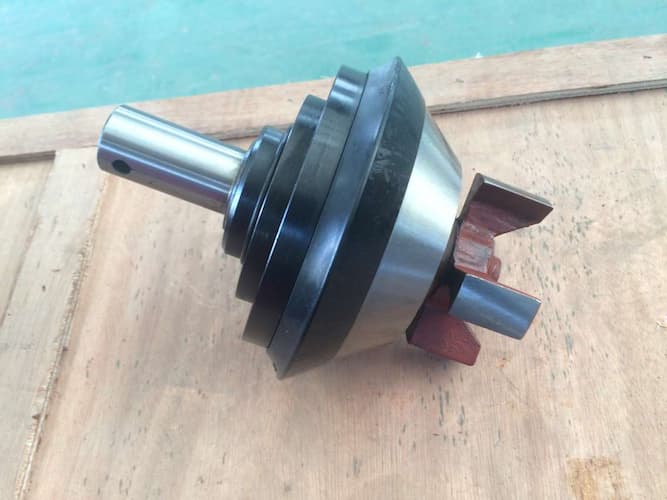
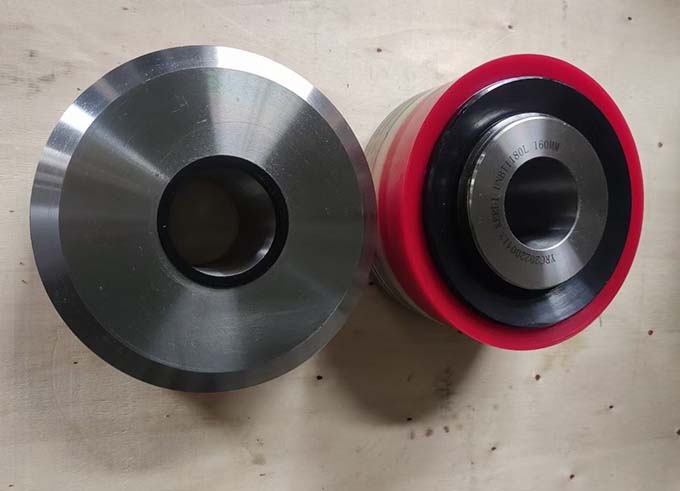
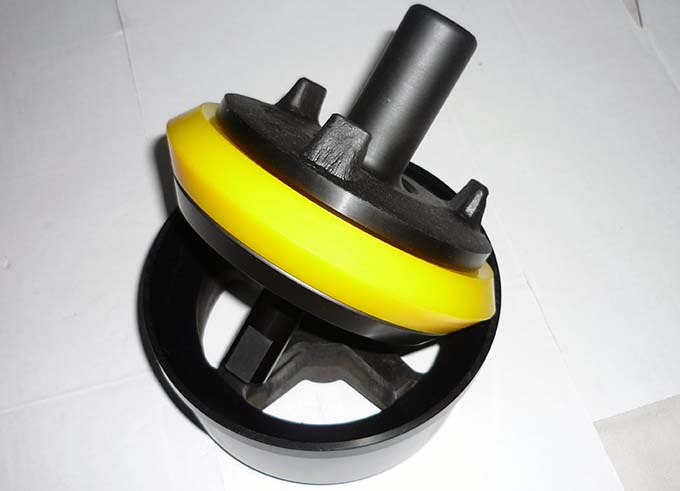
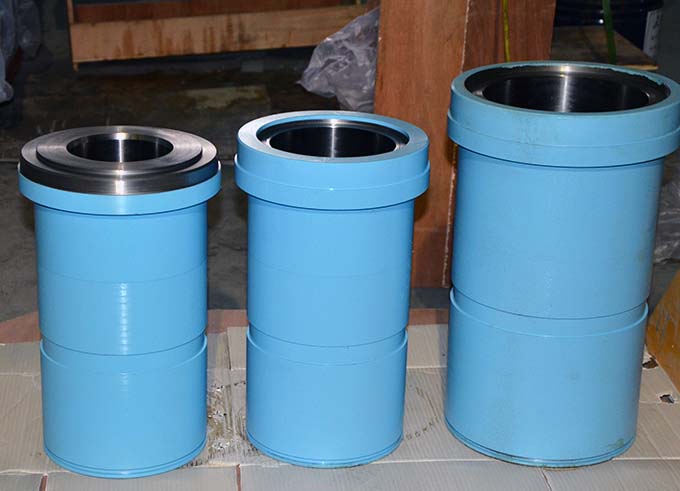
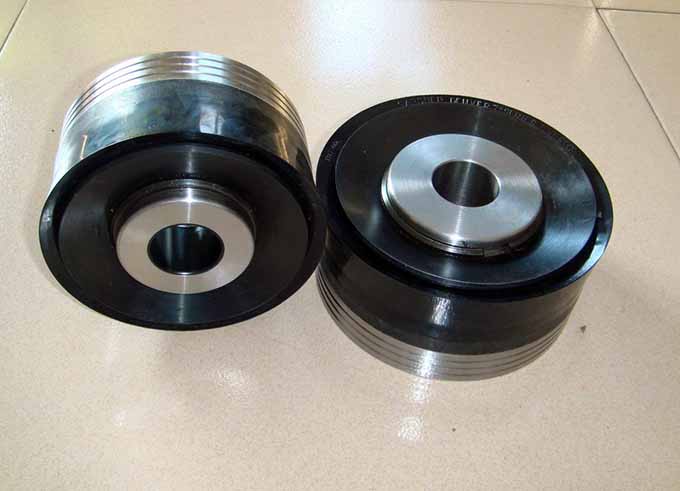
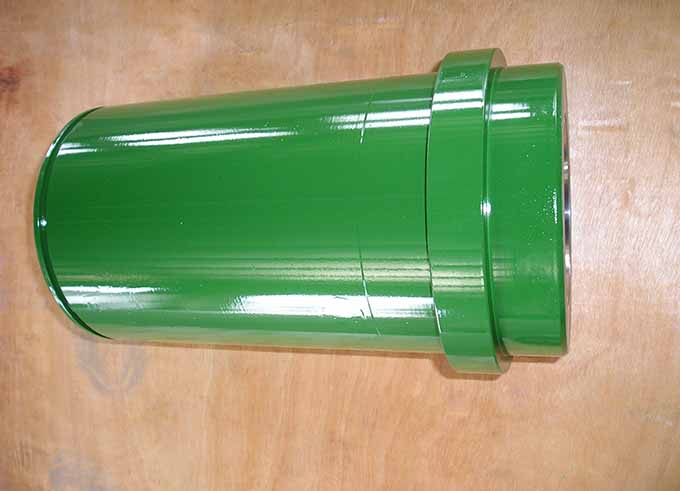
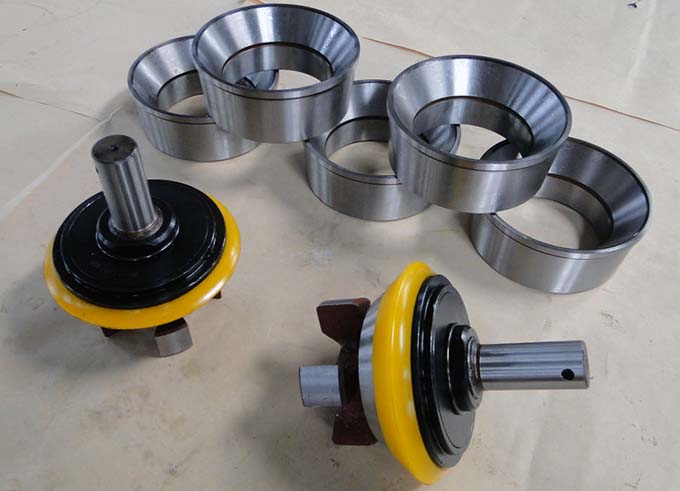

 IPv6 network supported
IPv6 network supported